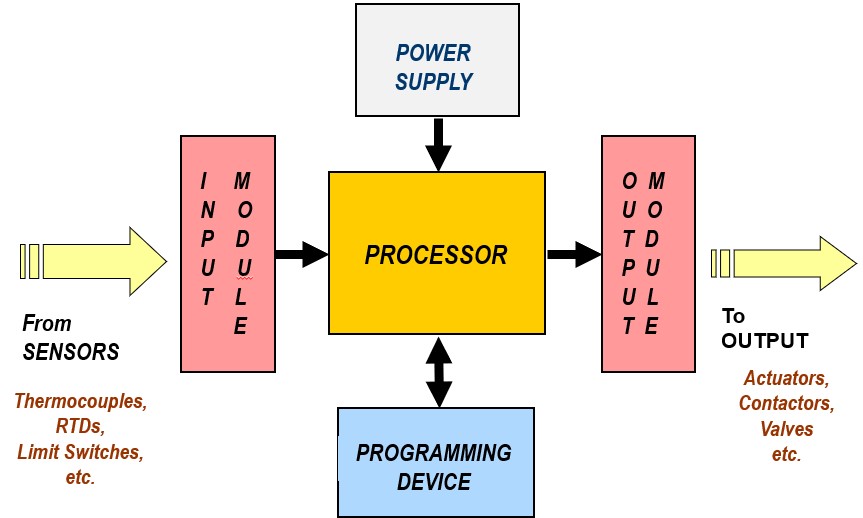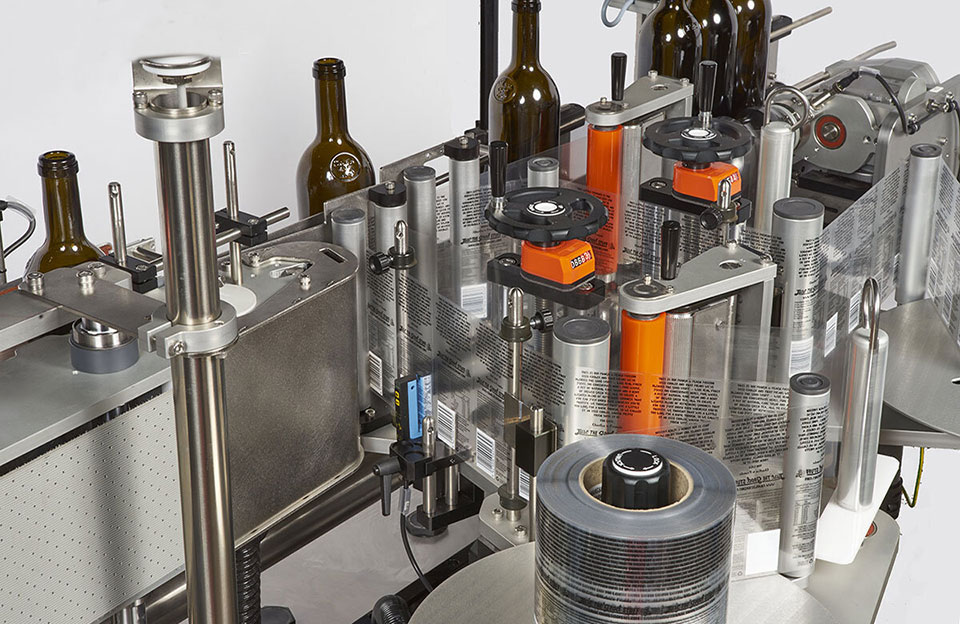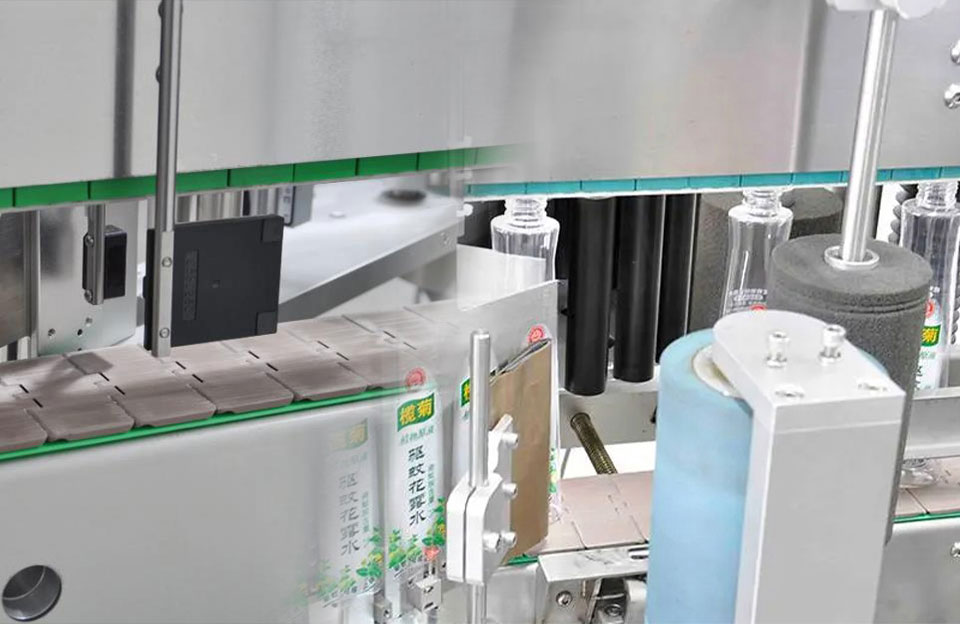In the long-period development of the manufacturing industry, packaging machinery and equipment play a very important role in the automation of the manufacturing industry, especially the development of labeling machines, which have made a great contribution to packaging automation.
The control system is the core of the labeling machine, which can control the start and stop of all parts and ensure the accuracy and precision of labeling. The control system in labeling machine is essential for achieving high-quality label application, optimizing production efficiency, ensuring safety and compliance, and providing a user-friendly experience for operators.
Components of Control System in Labeling Machine
A labeling machine is an automated system that labels products or packages in various industries, such as food and beverage, pharmaceuticals, cosmetics, and more. The main components of a control system in labeling machine include:
- Programmable Logic Controller (PLC): The PLC is the heart of the control system. A digital computer receives input signals from various sensors and devices, processes the information based on pre-programmed logic, and controls the output devices accordingly. In a labeling machine, the PLC manages the labeling process’s overall operation, timing, and synchronization.
- Human-Machine Interface (HMI): The HMI is the user interface that allows operators to interact with the labeling machine. It typically consists of a touch screen or control panel where operators can input parameters, monitor the machine’s status, and receive feedback. The HMI provides an intuitive and user-friendly way to control and adjust the labeling process.
- Sensors: Various sensors are employed to detect and measure different aspects of the labeling process. For example, proximity sensors may be used to detect the presence of containers or products, photoelectric sensors to detect label positioning, and encoders to monitor conveyor speed. These sensors provide crucial feedback to the PLC, enabling it to make real-time decisions and adjustments.
- Label Dispensing Unit: The label dispensing unit is responsible for accurately applying labels to the products or packages. It consists of mechanisms like label feeders, applicators, and rollers, which the PLC precisely controls to ensure precise label placement and tension.
- Conveyor System: The conveyor system consistently transports the products through the labeling machine. The PLC controls the conveyor’s speed and synchronization with the label dispensing unit to ensure that labels are applied accurately and efficiently.
- Stepper Motors or Servo Drives: Stepper motors or servo drives are commonly used in labeling machines to precisely control movement and positioning. They ensure accurate label placement and can be controlled directly by the PLC.
- Safety Systems: Safety components such as emergency stop buttons, light curtains, and interlocks are integrated into the control system to ensure the safety of operators and prevent accidents.
- Communication Interfaces: In modern labeling machines, communication interfaces such as Ethernet, USB, or serial ports may be included to enable connectivity with other systems, data logging, or remote monitoring and control.
- Control Algorithms: The control system relies on various algorithms to handle labeling tasks efficiently, including label positioning algorithms, synchronization algorithms, and error handling algorithms.

Programmable Logic Controller (PLC)
Working Principle of Control System in Labeling Machine
The working principle of the control system in labeling machine involves a series of interconnected components that collaborate to ensure accurate and efficient label application on products or packages. Here’s a step-by-step explanation of how the control system in labeling machine operates:
- Initialization: The control system in labeling machine is initialized when the machine is powered on. The Programmable Logic Controller (PLC) loads the necessary software and configurations to run the labeling process.
- Input Sensing: Various sensors positioned at different points of the labeling machine detect and gather information about the products or packages to be labeled and the machine’s status. These sensors can include proximity, photoelectric, encoders, and other types of detectors.
- Product Detection and Positioning: The sensors detect the products’ or packages’ presence and position on the conveyor system. The information is relayed to the PLC, determining the appropriate label application timing.
- Label Feeding and Dispensing: The label dispensing unit receives labels from the label roll and feeds them to the labeling mechanism. The label feed mechanism is controlled by the PLC, ensuring a steady supply of labels.
- Synchronization: The conveyor system’s speed is controlled by the PLC to synchronize it with the label dispensing unit. This synchronization ensures that labels are applied accurately and consistently on the products or packages as they pass through the labeling machine.
- Label Application: Once the products are correctly positioned, the label dispensing unit applies the labels precisely onto the products. This process is controlled by stepper motors or servo drives to ensure accurate label placement and tension.
- Human-Machine Interaction: The Human-Machine Interface (HMI) allows operators to monitor and control the labeling process. Operators can input parameters, set label sizes, adjust placement, and receive feedback on the machine’s status through the HMI.
- Error Handling: The control system in labeling machine is equipped with error handling algorithms to detect and address potential issues during the labeling process. If anomalies are detected, the control system may trigger warning messages or stop the machine to prevent further problems.
- Communication and Data Logging: The control system in labeling machine may have communication interfaces such as Ethernet or USB, allowing it to connect with other systems for data exchange, remote monitoring, and control. Some labeling machines may also log data related to the labeling process for analysis and quality assurance.
- Safety Features: Safety systems, including emergency stop buttons and light curtains, are integrated into the control system to ensure the safety of operators and prevent accidents.
Conclusion
The working principle of the control system in labeling machine focuses on precise coordination of label application, synchronization with the conveyor system, error handling, and providing operators with the necessary tools for monitoring and adjusting the labeling process. This ensures that the labeling machine operates efficiently, accurately, and safely.


